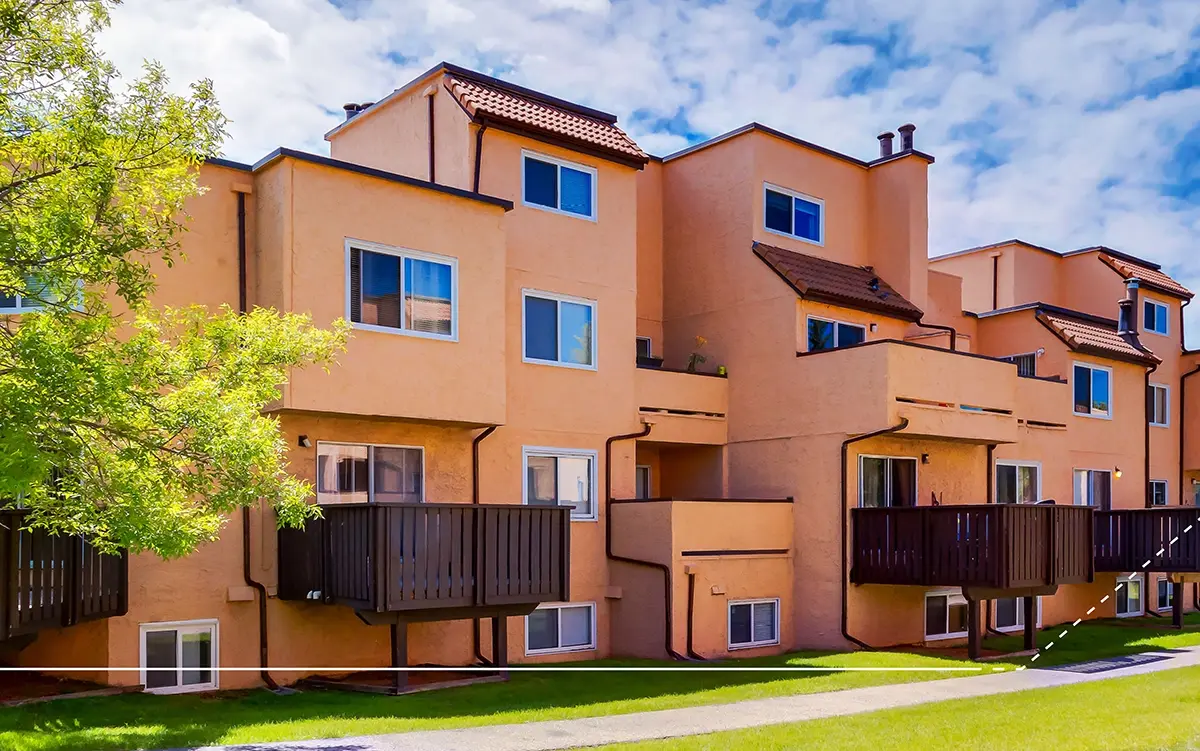Rising energy costs and the environmental impacts of energy consumption are at the forefront of Canadians’ minds. Statistics Canada reported that Alberta’s electricity prices rose by 128% year-over-year in July. These increased costs, along with the environmental impacts around energy consumption, have prompted organizations and individuals to look for ways to reduce their utility usage.
Traditional methods of charging residents for utilities by including them in fees (based on square footage, for example) might seem straightforward on the surface, but it can end up costing both property owners and residents more.
Residential and commercial buildings in Canada account for 17% of our energy consumption. Reducing that consumption is a key part of the overarching strategy to reduce our greenhouse gas emissions and help meet the Government of Canada’s commitment to achieve net-zero by 2050.
Different Methods of Utilities Distribution
There are three main ways to deliver utilities to a residential unit in a multi-family property.
- Master meters: Traditionally, utilities have been delivered to a master meter, and the total cost of these services is split evenly between the units and included in each resident’s monthly rent. Every resident pays the same price, regardless of how much water or electricity they use each month.
- Individual unit meters: Some properties use individual meters in each suite, and utility hookups and pricing are managed directly by the resident. They assume the costs of access fees and other riders connected to their utility bill and are subject to rate fluctuations. In this case, property owners have no visibility into what the resident is using or how much they pay.
- Submeters: Properties with submeters receive water, gas, and electricity through a master meter, but also have a submeter in each unit to measure individual consumption. Residents pay the submetering company for their utilities, based on how much they use. The property owner might assume the access fees and the resident may have the benefit of a lower rate if the property manager has negotiated one with utility providers.
The Benefits of Submetering
When it comes to energy consumption, knowledge is power. With submeters in each unit, both residents and property owners have a deeper understanding of consumption habits and opportunities to reduce waste.
A clear picture. Individual submetering allows residents to see how much energy they use, and property owners can understand their residents’ usage. With a clear picture of consumption, property owners can make informed decisions about equipment maintenance and upgrades, finding ways to optimize the building’s energy use overall. In turn, residents can see their own consumption patterns, and make decisions accordingly.
Responsibility… and accountability. With submeters, residents are responsible for their own energy, heat, and water use rather than paying a portion of the bill for the entire building. They only pay for what they use, rather than what their neighbours might be consuming. This motivates residents to be mindful of their daily energy usage.
The potential for better rates. Some property owners, like Avenue Living, can negotiate lower bulk utility rates for their residents rather than a single customer could on their own. In addition, property owners might assume some or all of the access fees.
Environmental benefits through reduced emissions. Studies suggest that submeters can reduce a building’s energy consumption significantly — a study in New York revealed that submetering reduced consumption by 18-25%, while a building in Ontario recorded even bigger savings (approximately 40%). This is likely because residents can see their consumption and make choices to reduce it, and property owners can realize the tangible benefits of installing energy-efficient fixtures.
Increased efficiency and building value. The ability to monitor consumption also helps property owners and managers spot equipment failures or building inefficiencies. A spike in water consumption could indicate a leak, for example, or high energy use could flag the need for appliance upgrades. This insight allows the property owner to be proactive about maintenance, increasing the property value and comfort for residents.
Avenue Living’s Submetering Strategy
Avenue Living has transitioned several buildings to a submetered system. The submeters we have installed are certified by Measurement Canada, and the program is implemented through a certified third-party provider.
“Avenue Living still covers the cost of utilities in common areas and vacant units,” notes Daniel Klemky, Energy Manager at Avenue Living. “But with submetering we can now give residents the tools to take control of their own costs and be accountable for them. In many cases, we also give people the benefit of a much lower utility rate, due to our negotiations with the providers as part of our procurement strategy.”
The comprehensive insight we get from submetering will allow us to accurately measure the impact of our energy efficiency capital improvements (e.g., replacing a furnace or installing solar panels). And as we continue to upgrade our properties through the deep energy retrofit program, in partnership with the Canada Infrastructure Bank, submetering will play a crucial role in meeting the reporting and data collection requirements.
Submetering provides numerous benefits to both the resident and the owner and is becoming a common tool for property managers to quickly take control of energy consumption, and reduce emissions and operational costs.
This commentary and the information contained herein are for educational and informational purposes only and do not constitute an offer to sell, or a solicitation of an offer to buy, any securities or related financial instruments. This article may contain forward-looking statements. Readers should refer to information contained on our website at https://avenuelivingam.wpenginepowered.com/forward-looking-statements for additional information regarding forward-looking statements and certain risks associated with them.





